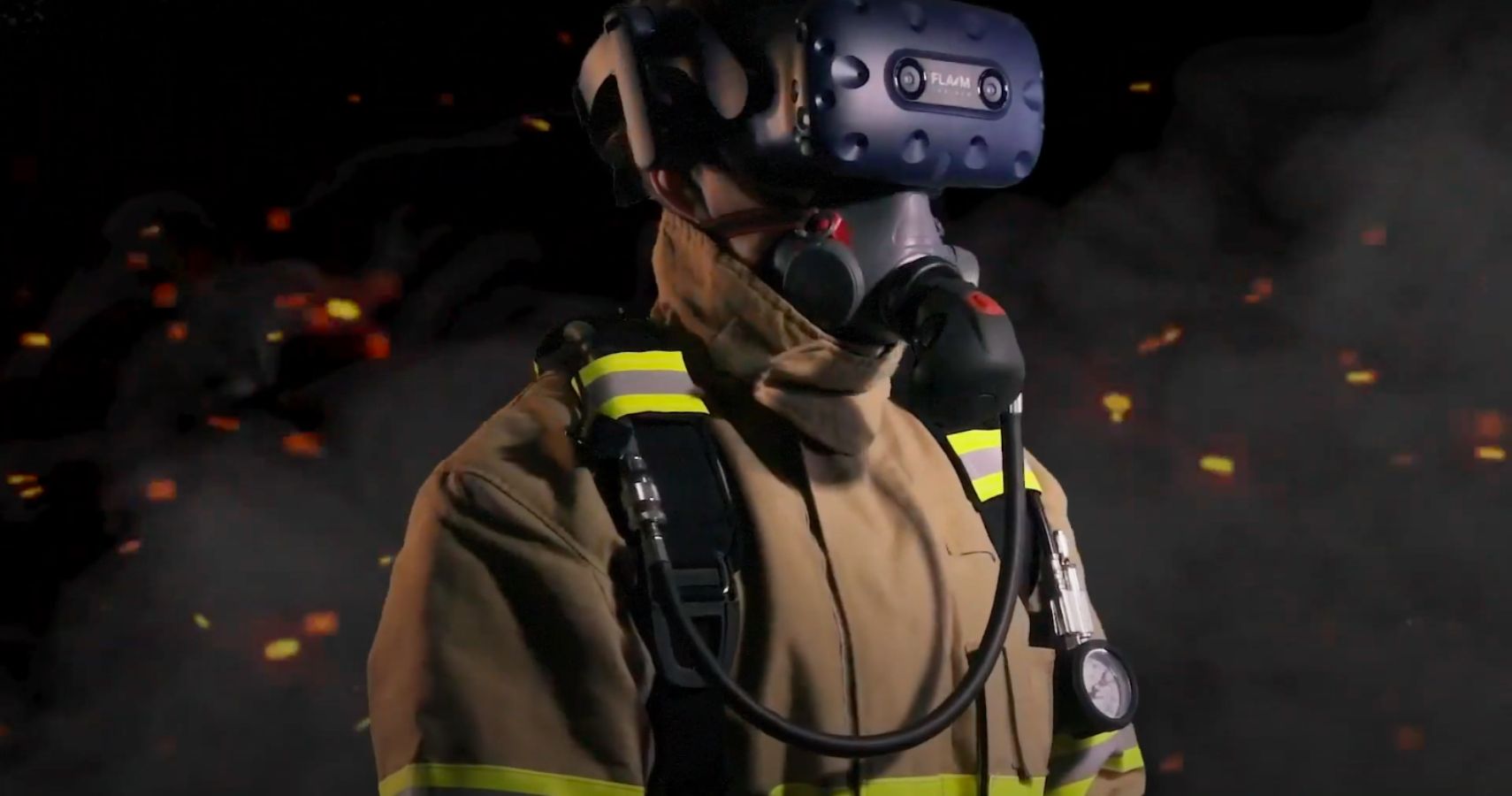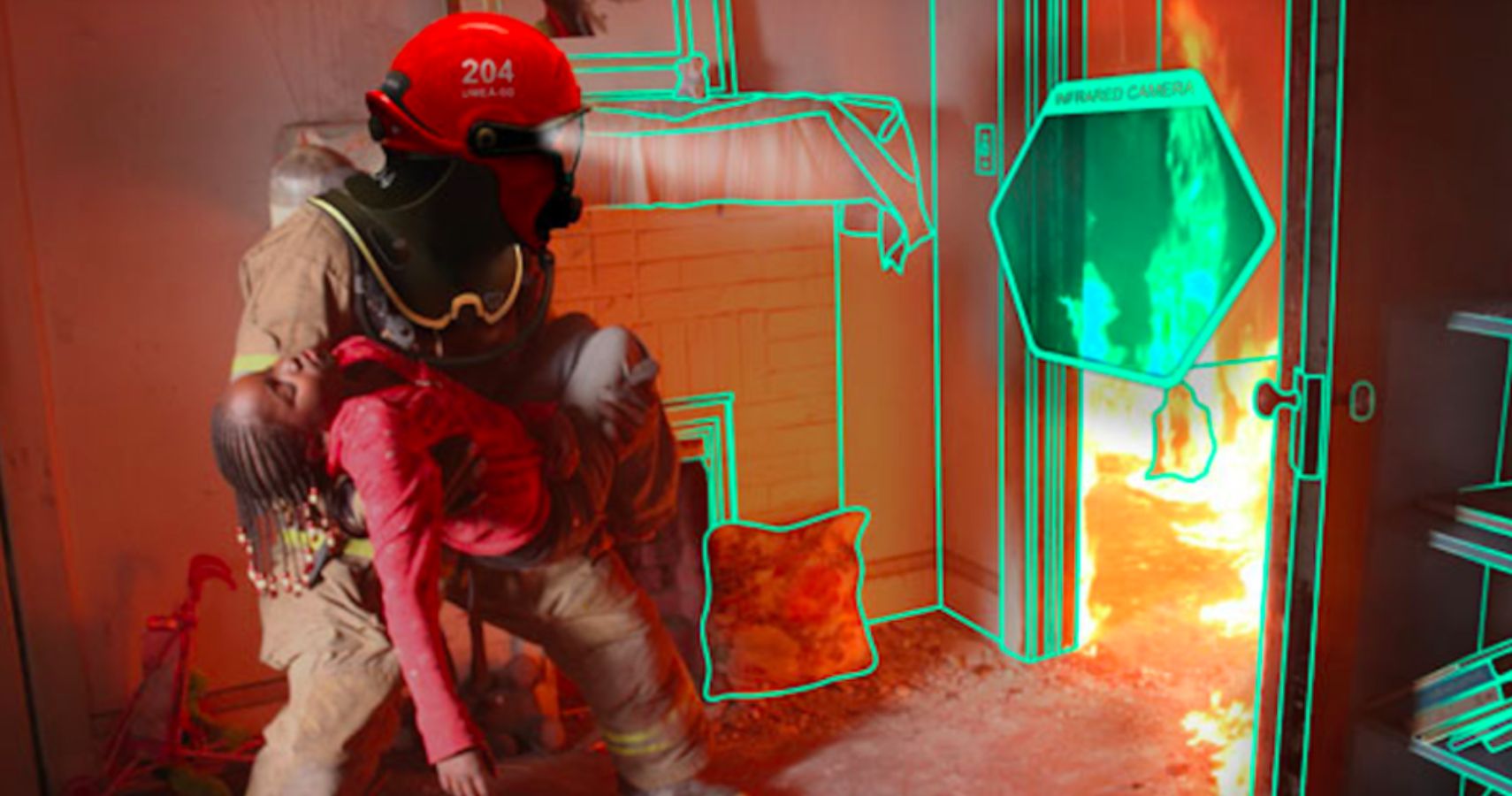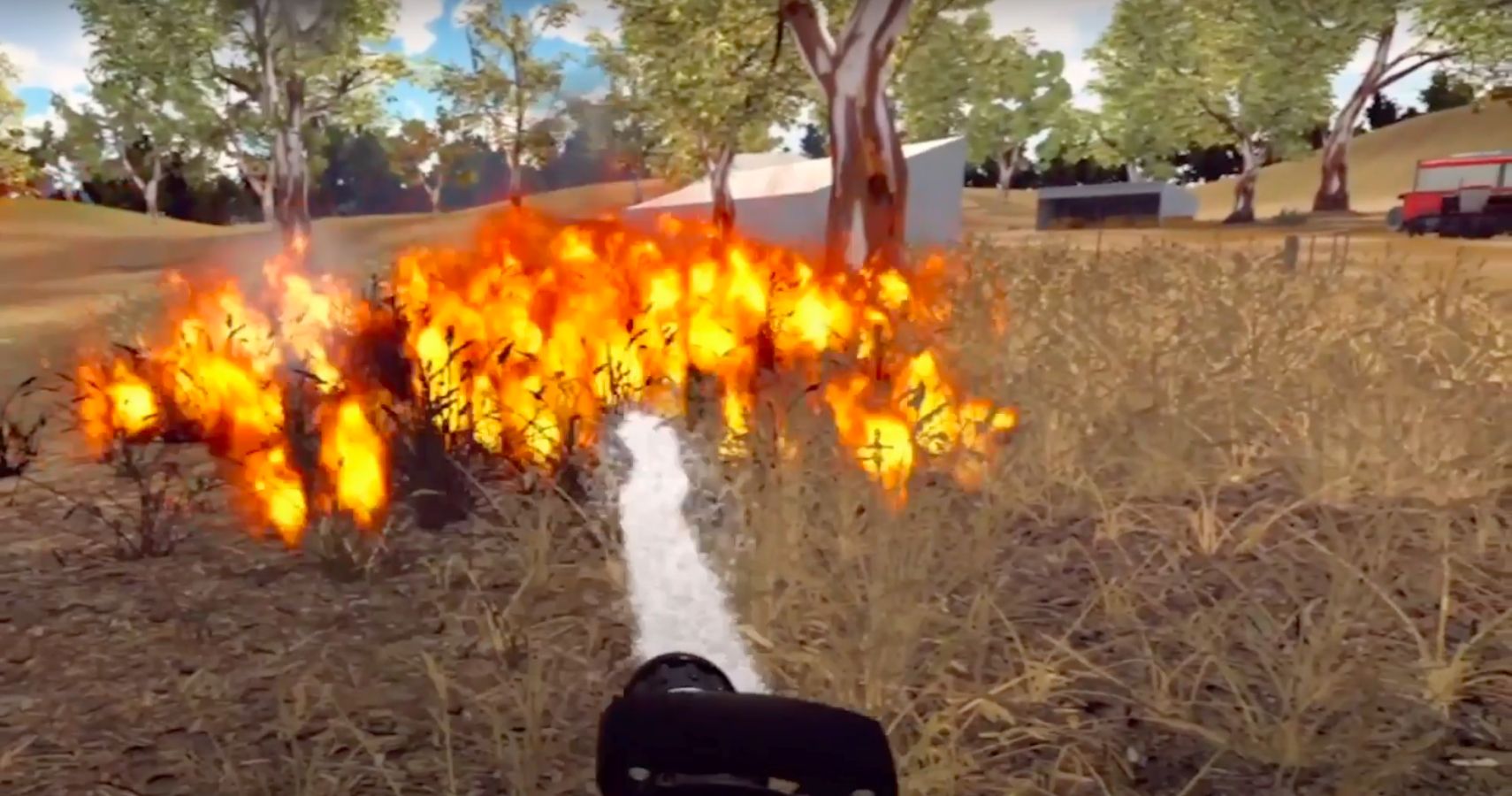The FLAIM Trainer is a firefighting simulator that lets prospective firefighters train for real-life emergency firefighting situations in a much safer way than traditional training methods would allow.
A considerable number of lives are lost in firefighting training alone - 110 between 2008 and 2019 in the US, to be exact. This is particularly awful if you consider that "the majority comprise a senseless loss of life," according to the US Fire Administration who collated this incident report for the decade between 2008 and 2019.
More specifically, 70% of training-related deaths such as these appear to be due to stress and overexertion. The remaining 30% of deaths are generally caused by external factors such as environmental exposure, falls, vehicle collisions, or equipment failure. "If you are a training officer looking for a practical, safe alternative to dangerous live fire scenarios, take a look at virtual reality training,” the USFA recommends.
That's where FLAIM comes in. It's not the first VR-based firefighting training simulator in existence, but it is the first to use both virtual reality and haptic technology via the HTC Vive Pro in combination with specific scenario software, a special heat suit, and a breathing apparatus to boot. It's the product of a decade of hardware and software research performed at Deakin University in Melbourne, Australia.
The whole kit can be set up in 10 minutes and successfully simulates all the same kinds of sensory experiences one might expect from a real-life fire scenario, including intense heat and difficulty breathing. The user's respiration and other physiological data can also be tracked, and relevant feedback can be given to the user in real-time. Another plus is that this way, wear and tear on personal protective equipment can be reduced in a big way, too.
Of course, the biggest advantage is that all of the dangerous components involved in typical training can be eliminated and the scenario can be carefully crafted and controlled, whilst the trainees can still receive knowledge and experience necessary to prepare them for a real-life emergency.
But there are still some scenarios which this form of simulation might not be able to replicate sufficiently, so for that reason the USFA and similar organizations are likely not going to completely replace real-life simulations any time soon. But still, the immersion which VR induces in its wearers along with all these other advantages provide immense promise for effective and safer firefighting training in the future.
Source: VR Scout



